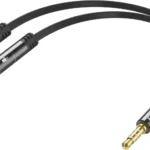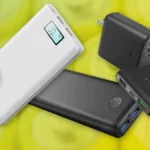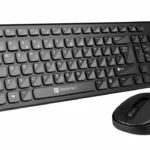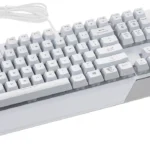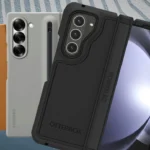USB cable wiring diagrams are essential for understanding how USB connectors work and ensuring devices are properly connected. Whether you’re building a custom cable, troubleshooting an issue, or simply curious about how data and power travel through your USB connection, knowing how to read these diagrams is key. In this article, we’ll cover everything you need to know about USB pinouts, power delivery, data transfer, and advanced USB Type-C wiring to optimize your USB experience.
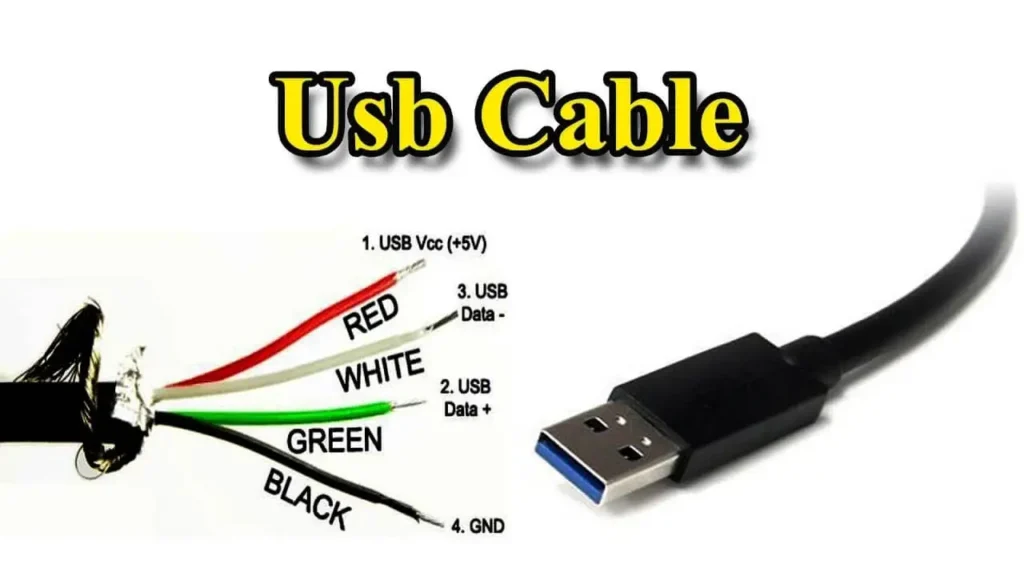
Content
Understanding USB Cable Wiring
A USB cable wiring diagram is a schematic representation of the internal structure of a USB connector. It shows how the different pins within the connector handle power, data transfer, and signal flow between devices. With several types of USB cables, such as USB Type-A, USB Type-B, and USB Type-C, each has unique pinouts designed to suit specific functions. These diagrams help ensure that devices are connected properly, preventing damage, enabling faster data transmission, and delivering power efficiently.
Understanding USB wiring is vital for a variety of reasons:
- Device Connectivity: Knowing the pinout configuration ensures devices are connected correctly, preventing faults or damage.
- Troubleshooting: When issues arise, a wiring diagram can pinpoint the cause of the problem, whether it’s a faulty cable or incorrect connections.
- Custom Cable Creation: If you’re creating your own cables or modifying existing ones, these diagrams are essential to ensure proper wiring for functionality.
Breaking Down USB Pinouts
A USB pinout refers to the specific arrangement of pins inside a USB connector that facilitates data transfer, power delivery, and other functions. These pinouts vary depending on the USB version used and the type of connector.
USB 2.0 Pinout
The USB 2.0 standard has a simple configuration with four pins:
- VCC (Power) – Provides 5V of power to the connected device.
- Ground (GND) – Returns the power back to the source.
- D+ – Transmits positive data signals.
- D- – Carries negative data signals.
This 4-pin configuration supports data transfer rates of up to 480 Mbps, making it suitable for basic devices like keyboards, printers, and mice. However, this speed is now outdated for high-performance applications.
USB 3.0 Pinout
The USB 3.0 standard builds on USB 2.0 but adds additional pins to improve data transfer speeds, reaching up to 5 Gbps. The USB 3.0 pinout includes the original 4 pins, plus 5 additional ones for extra data channels that allow faster and more efficient transfers. This increase in pins makes USB 3.0 ideal for external hard drives, high-speed peripherals, and other performance-demanding applications.
USB Type-C Pinout
USB Type-C is the latest evolution of USB technology, offering a compact, reversible design and supporting a range of functions such as data transfer, power delivery, and multimedia output. The USB Type-C pinout features 24 pins, supporting higher speeds, increased power output, and versatile connectivity options:
- VCC – Delivers power, ranging from 5V to 20V (for USB Power Delivery).
- Ground (GND) – Common return path.
- D+ / D- – Handles high-speed data transfer.
- Alternate Mode – Carries video and audio signals (e.g., HDMI, DisplayPort).
- Configuration Channel – Manages power negotiation and data transfer protocols.
This multi-functional pinout ensures that USB Type-C can handle all the requirements of modern devices, including fast charging and high-speed data exchange.
Power Delivery: How USB Can Charge Devices Faster
One of the standout features of modern USB technology is USB Power Delivery (USB PD), which significantly improves charging efficiency by dynamically adjusting power levels based on device requirements. USB PD works with USB Type-C to deliver up to 100W of power, making it ideal for powering larger devices like laptops, monitors, and even certain appliances.
How USB Power Delivery Works
USB PD uses a negotiation process through the VCC pin to determine how much power is needed. For instance:
- A smartphone may request a modest 15W of power.
- A laptop might require up to 60W or even 100W for fast charging.
Unlike older USB versions, which provided a fixed power output, USB Power Delivery allows devices to charge much faster and with less heat buildup.
Wiring Considerations for Power Delivery
The USB Type-C wiring plays a crucial role in USB PD, as it includes additional pins dedicated to managing higher power levels. These pins help negotiate and regulate power output, ensuring that the device receives exactly the power it needs to charge efficiently and safely.
Optimizing Data Transfer with USB Cables
USB cables are not just for charging—they also facilitate data transfer. The speed at which data can be transferred depends on the version of the USB cable used and its specific wiring configuration.
USB 2.0 Data Transfer
USB 2.0 offers data transfer speeds of up to 480 Mbps, which, although adequate for many older peripherals, is far too slow for modern high-performance applications, such as video streaming or transferring large files.
USB 3.0 and 3.1 Data Transfer
USB 3.0 increases the transfer rate to 5 Gbps, while USB 3.1 boosts it further to 10 Gbps. This makes USB 3.0/3.1 suitable for high-speed devices like SSDs, high-definition cameras, and external storage devices.
USB 4.0 and Beyond
The USB 4.0 standard offers a data transfer speed of 40 Gbps, making it capable of handling demanding applications like 8K video streaming or high-speed data processing. USB 4.0 utilizes the USB Type-C connector, which also supports additional features like Thunderbolt 3 and DisplayPort, adding even more versatility for data and media applications.
The Versatility of USB Type-C: Wiring and Features
USB Type-C is rapidly becoming the standard for new devices due to its reversible design, compact size, and extensive functionality. It supports USB 3.1 and USB 4.0 standards, offering high-speed data transfer, rapid charging, and multimedia output all through a single connector.
USB Type-C Wiring and Features
The USB Type-C wiring diagram incorporates 24 pins to handle the wide array of functions it supports:
- Data Transfer: USB 3.1 or USB 4.0 standards, supporting speeds up to 40 Gbps.
- Power Delivery: Capable of delivering up to 100W.
- Alternate Modes: Enables video and audio protocols, like HDMI or DisplayPort, to be carried over the same cable.
These features make USB Type-C a universal connector capable of handling a variety of tasks, eliminating the need for multiple cables and connectors.
Advantages of USB Type-C
- Reversible design: The USB Type-C connector can be inserted either way, making it more user-friendly.
- Compact size: Ideal for portable devices like smartphones, tablets, and ultra-thin laptops.
- Future-proof: With support for high-speed data transfer and advanced features, USB Type-C is ready to meet the needs of emerging technologies.
Common USB Wiring Problems and Solutions
Despite their widespread use, USB cables can occasionally encounter issues. Here are some common problems and ways to resolve them.
1. Cable Not Connecting
If your USB cable fails to connect, ensure that the wiring is correct and that the connectors are not damaged or obstructed by debris. Inspect both ends of the cable and ensure compatibility between the devices and connectors.
2. Slow Data Transfer
Slow transfer speeds may occur if the cable is outdated, such as using USB 2.0 when a USB 3.0 or USB 3.1 cable is required. Upgrading to a higher-speed cable can significantly improve performance.
3. Power Delivery Issues
If your device isn’t charging properly, verify the cable supports USB Power Delivery and that the correct voltage is being supplied. USB Type-C cables with PD capability should be used to ensure fast charging for higher-power devices like laptops.
Conclusion
In today’s world, understanding USB cable wiring diagrams is crucial for connecting devices, troubleshooting, and optimizing performance. Whether you’re dealing with a USB 2.0 pinout, USB 3.0, or the advanced capabilities of USB Type-C, having a solid understanding of how power and data travel through these connectors will make your technology interactions smoother and more efficient. By mastering USB wiring, you can ensure your devices are properly connected and perform at their best.
FAQs
How does the USB 3.0 wiring differ from USB 2.0?
USB 3.0 has additional pins for faster data transfer speeds, supporting up to 5 Gbps compared to the 480 Mbps of USB 2.0.
What devices benefit from USB Power Delivery?
Devices like laptops, smartphones, and external monitors benefit from USB Power Delivery, allowing them to charge faster and more efficiently through USB Type-C.

I’m Kelly Hood! I blog about tech, how to use it, and what you should know. I love spending time with my family and sharing stories of the day with them.


